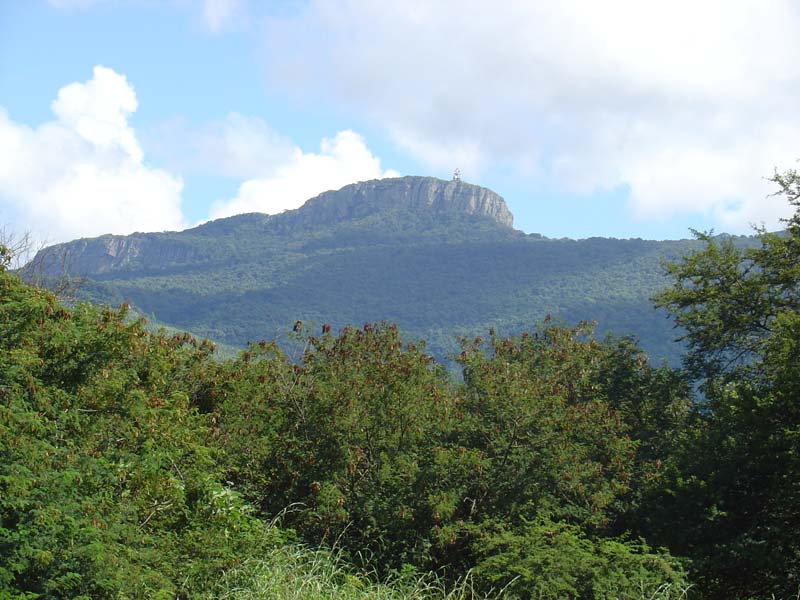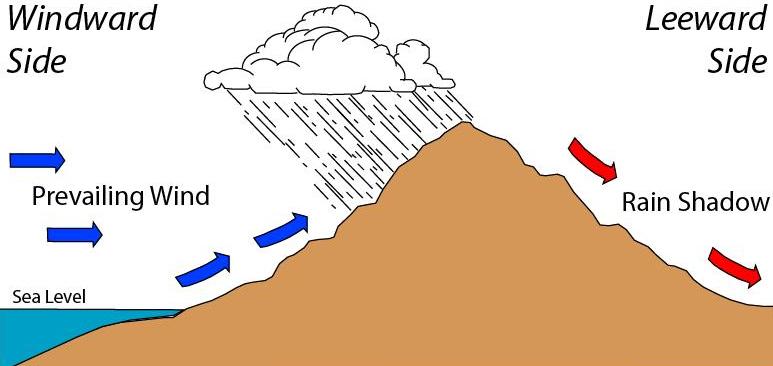|
Senegalia Montis-salinarum
''Senegalia montis-salinarum'', is a species of thorn tree that is native to two separate localities in the Soutpansberg range in Limpopo, South Africa. The total population is estimated at no more than 250 adult trees. Based on its morphology, it is assigned to the ''Senegalia burkei, S. burkei'' species complex. Habitat It grows on rocky scree slopes in the hot rain shadow of the Soutpansberg range. Description It is a multi-stemmed tree. It has smaller flowers than ''A. burkei'' and produces more seeds. The wood is soft and semi-succulent, and dead wood decays quickly. Status It may qualify as Endangered species, endangered due to the small population size and the proximity of the type locality to Coal of Africa's Makhado Colliery project. References Senegalia, polyacantha Trees of South Africa Endemic flora of South Africa {{Mimosoideae-stub ... [...More Info...] [...Related Items...] OR: [Wikipedia] [Google] [Baidu] |
Soutpansberg
The Soutpansberg, (formerly ''Zoutpansberg'') meaning "Salt Pan Mountain" in Afrikaans, is a Mountain range, range of mountains in far northern South Africa. It is located in Vhembe District Municipality, Vhembe District, Limpopo. It is named for the Salt pan (geology), salt pan ( ve, Thavha ya muno, or "place of salt") located at its western end. The mountain range reaches the opposite extremity in the Matikwa Nature Reserve, some due east. The range as a whole had no Venda language, Venda name, as it was instead known by its sub-ranges which include Dzanani, Hanglip, Songozwi and others. Of late it is however known as Tha vhani ya muno, meaning "mountain of salt". The Soutpansberg forms part of the 'Vhembe Biosphere Reserve', which was designated as a biosphere reserve by UNESCO in 2009. The latter reserve also includes the Blouberg Range, Kruger National Park, Makgabeng Plateau, Makuleke Wetlands and the Mapungubwe Cultural Landscape. Geography The mountain is intersected by t ... [...More Info...] [...Related Items...] OR: [Wikipedia] [Google] [Baidu] |
Limpopo
Limpopo is the northernmost province of South Africa. It is named after the Limpopo River, which forms the province's western and northern borders. The capital and largest city in the province is Polokwane, while the provincial legislature is situated in Lebowakgomo. The province is made up of 3 former homelands of Lebowa, Gazankulu and Venda and the former parts of the Transvaal province. The Limpopo province was established as one of the new nine provinces after South Africa's first democratic election on the 27th of April 1994. The province's name was first "Northern Transvaal", later changed to "Northern Province" on the 28th of June 1995, together with two other provinces. The name was later changed again in 2002 to the Limpopo province. Limpopo is made up of 3 main ethnic groups namely; Pedi people, Tsonga and Venda people. Traditional leaders and chiefs still form a strong backbone of the province's political landscape. Established in terms of the Limpopo House of Tr ... [...More Info...] [...Related Items...] OR: [Wikipedia] [Google] [Baidu] |
Senegalia Burkei
''Senegalia'' (from Senegal and ''Acacia senegal'' (L.) Willd.) is a genus of flowering plants in the family Fabaceae. It belongs to the Mimosoid clade. Until 2005, its species were considered members of ''Acacia.'' The genus was considered polyphyletic and required further division, with the genera '' Parasenegalia'' and ''Pseudosenegalia'' accepted soon after. ''Senegalia'' can be distinguished from other acacias by its spicate inflorescences and non-spinescent stipules. Plants in the genus are native to the tropical and subtropical areas of the world, occurring on the Australian, Asian, African and South and North American continents, as well as in Wallacea. Species list ''Senegalia'' comprises the following 222 species, as of February 2021: *'' Senegalia adenocalyx'' *''Senegalia albizioides'' — climbing wattle *'' Senegalia alemquerensis'' *'' Senegalia alexae'' *''Senegalia altiscandens'' *''Senegalia amazonica'' *''Senegalia andamanica'' *'' Senegalia angusti ... [...More Info...] [...Related Items...] OR: [Wikipedia] [Google] [Baidu] |
Species Complex
In biology, a species complex is a group of closely related organisms that are so similar in appearance and other features that the boundaries between them are often unclear. The taxa in the complex may be able to hybridize readily with each other, further blurring any distinctions. Terms that are sometimes used synonymously but have more precise meanings are cryptic species for two or more species hidden under one species name, sibling species for two (or more) species that are each other's closest relative, and species flock for a group of closely related species that live in the same habitat. As informal taxonomic ranks, species group, species aggregate, macrospecies, and superspecies are also in use. Two or more taxa that were once considered conspecific (of the same species) may later be subdivided into infraspecific taxa (taxa within a species, such as bacterial strains or plant varieties), that is complex but it is not a species complex. A species complex is in most cas ... [...More Info...] [...Related Items...] OR: [Wikipedia] [Google] [Baidu] |
Rain Shadow
A rain shadow is an area of significantly reduced rainfall behind a mountainous region, on the side facing away from prevailing winds, known as its leeward side. Evaporated moisture from water bodies (such as oceans and large lakes) is carried by the prevailing onshore breezes towards the drier and hotter inland areas. When encountering elevated landforms, the moist air is driven upslope towards the peak, where it expands, cools, and its moisture condenses and starts to precipitate. If the landforms are tall and wide enough, most of the humidity will be lost to precipitation over the windward side (also known as the ''rainward'' side) before ever making it past the top. As the air descends the leeward side of the landforms, it is compressed and heated, producing foehn winds that ''absorb'' moisture downslope and cast a broad "shadow" of dry climate region behind the mountain crests. This climate typically takes the form of shrub–steppe, xeric shrublands or even deserts ... [...More Info...] [...Related Items...] OR: [Wikipedia] [Google] [Baidu] |
Endangered Species
An endangered species is a species that is very likely to become extinct in the near future, either worldwide or in a particular political jurisdiction. Endangered species may be at risk due to factors such as habitat loss, poaching and invasive species. The International Union for Conservation of Nature (IUCN) Red List lists the global conservation status of many species, and various other agencies assess the status of species within particular areas. Many nations have laws that protect conservation-reliant species which, for example, forbid hunting, restrict land development, or create protected areas. Some endangered species are the target of extensive conservation efforts such as captive breeding and habitat restoration. Human activity is a significant cause in causing some species to become endangered. Conservation status The conservation status of a species indicates the likelihood that it will become extinct. Multiple factors are considered when assessing the ... [...More Info...] [...Related Items...] OR: [Wikipedia] [Google] [Baidu] |
Senegalia
''Senegalia'' (from Senegal and ''Acacia senegal'' (L.) Willd.) is a genus of flowering plants in the family Fabaceae. It belongs to the Mimosoid clade. Until 2005, its species were considered members of ''Acacia.'' The genus was considered polyphyletic and required further division, with the genera '' Parasenegalia'' and ''Pseudosenegalia'' accepted soon after. ''Senegalia'' can be distinguished from other acacias by its spicate inflorescences and non-spinescent stipules. Plants in the genus are native to the tropical and subtropical areas of the world, occurring on the Australian, Asian, African and South and North American continents, as well as in Wallacea. Species list ''Senegalia'' comprises the following 222 species, as of February 2021: *'' Senegalia adenocalyx'' *''Senegalia albizioides'' — climbing wattle *'' Senegalia alemquerensis'' *'' Senegalia alexae'' *''Senegalia altiscandens'' *'' Senegalia amazonica'' *''Senegalia andamanica'' *'' Senegalia angust ... [...More Info...] [...Related Items...] OR: [Wikipedia] [Google] [Baidu] |
Trees Of South Africa
In botany, a tree is a perennial plant with an elongated stem, or trunk, usually supporting branches and leaves. In some usages, the definition of a tree may be narrower, including only woody plants with secondary growth, plants that are usable as lumber or plants above a specified height. In wider definitions, the taller palms, tree ferns, bananas, and bamboos are also trees. Trees are not a taxonomic group but include a variety of plant species that have independently evolved a trunk and branches as a way to tower above other plants to compete for sunlight. The majority of tree species are angiosperms or hardwoods; of the rest, many are gymnosperms or softwoods. Trees tend to be long-lived, some reaching several thousand years old. Trees have been in existence for 370 million years. It is estimated that there are some three trillion mature trees in the world. A tree typically has many secondary branches supported clear of the ground by the trunk. This trunk typically ... [...More Info...] [...Related Items...] OR: [Wikipedia] [Google] [Baidu] |




